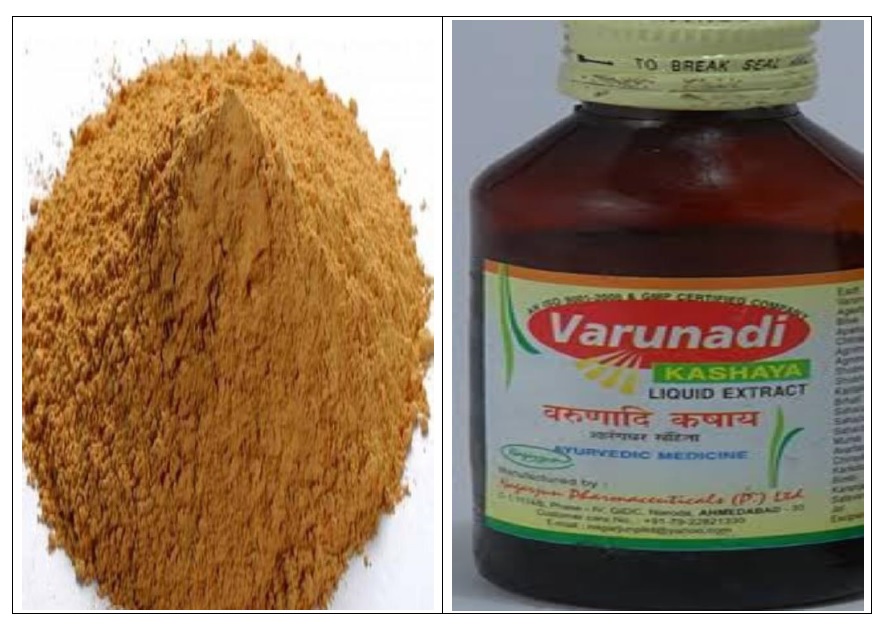A Case Report to Study The Effective Role of Varunadi Kashaya and Dashmool Churna in the Causes of Increased Post Void Residual Urine
Abstract
Post-Void Residual (PVR) volume of urine is the amount of urine retained in the bladder after a voluntary void that is measured by catheterization or non-invasively by ultrasonography. The increased value of PVR act as a diagnostic tool in a urological pathology such as a neurological disease/injury to the bladder, mechanical obstruction, infection or medication induced urinary retention. A PVR less than 50ml signifies adequate bladder emptying. The present case is of 3.1mm non-obstructing left renal calculus and Grade III prostatomegaly with increased Post Void Residual urine (91ml). Renal calculi and prostatomegaly, both are common obstructive uropathies which interferes with the normal outflow of urine. Treatment is aimed at relieving the symptoms and to treat the underlying cause as well. The treatment strategies that can be followed are catheterization, stenting, surgery, lithotripsy, hormonal therapy and antibiotic therapy. The Ayurvedic formulation, Varunadi Kashaya and Dashmool Churna are Vata kapha pacifying drugs. With its Mutrala, Deepana, Anulomana, Shothghana, Shoolghana properties, it had successfully eliminated renal calculus, decreased the prostate size and ultimately, lowered the PVR value as evidenced in USG report. There is a considerable relief in the troublesome urological symptoms- dysuria, dribbling micturition, weak urine stream, inadequate bladder emptying and abdominal pain.
Downloads

Copyright (c) 2022 International Journal of Ayurveda and Pharma Research

This work is licensed under a Creative Commons Attribution-NonCommercial-ShareAlike 4.0 International License.






